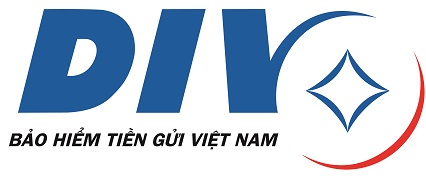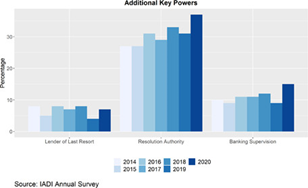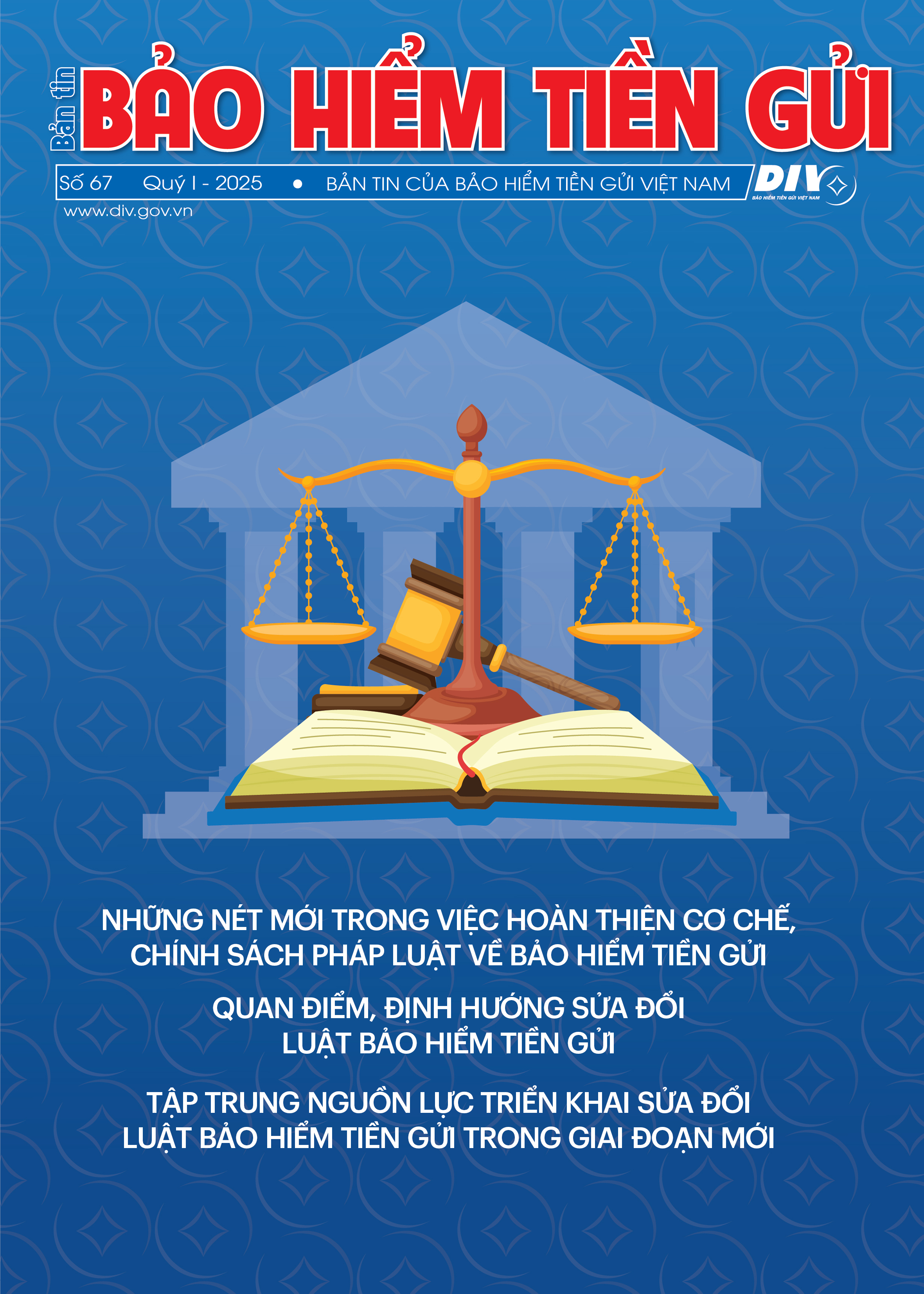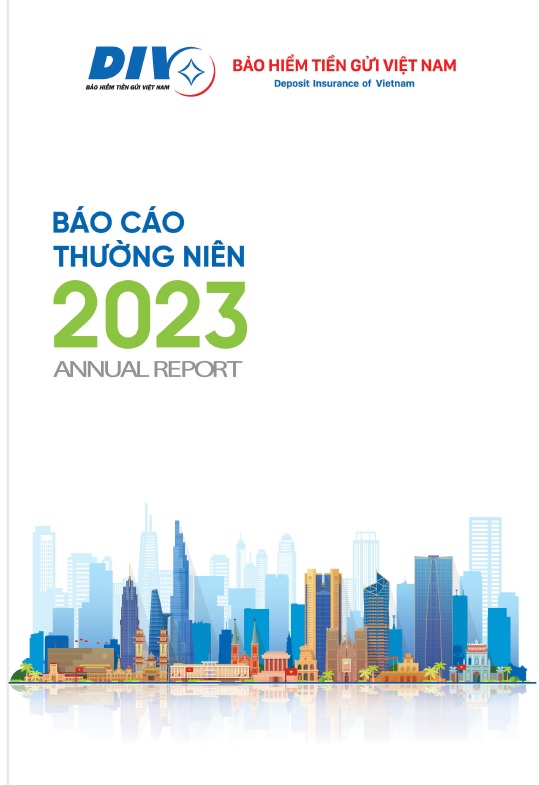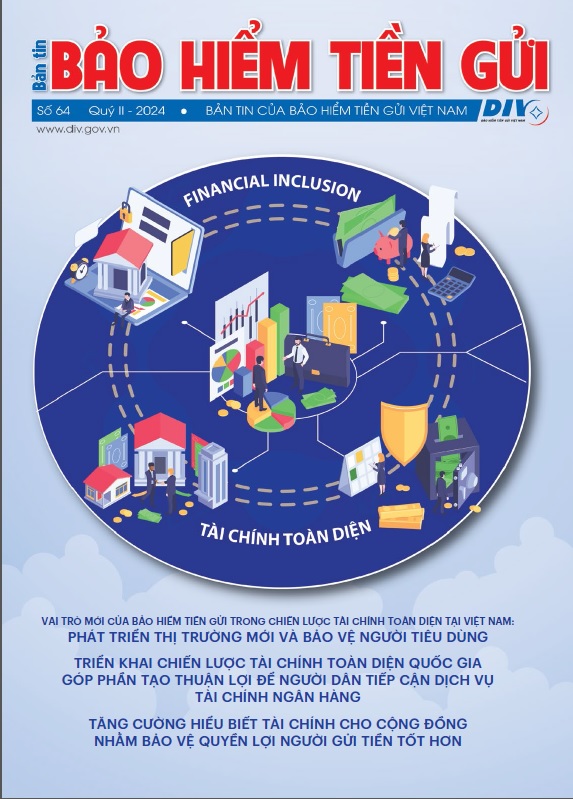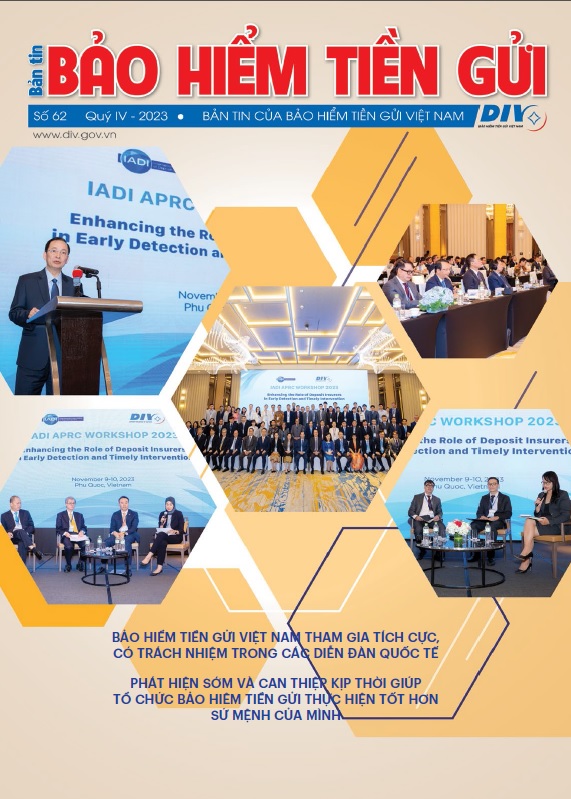Resources for the Deposit Insurance of Vietnam (DIV) to participate in restructuring the CI system
Under the existing Law on DI, DI premiums mean the amount of money an insured institution must pay to the deposit insurer in order to insure the deposits of insured depositors at the insured institution.
Clauses 1 and 2, Article 20 of the Law on DI stipulate that the Prime Minister shall set a frame of DI premiums upon the proposal of the SBV. Pursuant to the premium frame, the SBV shall determine specific deposit insurance premium rates for insured institutions on the basis of the assessment and classification of those insured institutions.
According to Clause 1, Article 6 of Decree No. 89/1999/ND-CP, dated 1 September 1999, insured institutions are required to pay a rate of 0.15%/year, assessed on the average balance of their eligible deposits. This rate shall be adjusted by the Prime Minister’s decision based on the proposals of the deposit insurer and opinions of the SBV and the Ministry of Finance.
Clause 3, Article 21 of Decree No. 68/2013/ND-CP provides that “the provisions on DI premiums and payouts in Decree No. 89/1999/ND-CP, dated September 01, 1999, on DI and Decree No. 109/2005/ND-CP, dated August 24, 2005, amending and supplementing a number of articles of Decree No. 89/1999/ND-CP shall continue taking effect until the Prime Minister promulgates provisions on the DI premium frame, the DI coverage limit as prescribed in the Law on DI.”
Since its establishment, the DIV has maintained a flat-rate mechanism (a rate 0.15% of total eligible deposits per annum), as stipulated in Decree No. 89/1999/ND-CP and Decree No. 68/2013/ND-CP. This approach has proven consistent with the legal framework and has contributed to the steady growth of the DIV’s Operational Provision Fund, providing the financial resources needed for the DIV to effectively participate in the restructuring of weak CIs and the resolution of non-performing loans.
Limitations of the current DI premium provisions
Although the Law on DI prescribes a differential premium system based on the evaluation and classification of insured institutions, the SBV acknowledges that this provision has yet to be implemented due to several obstacles. These include challenges in evaluating and classifying insured institutions, criteria for determining appropriate premium rates, as well as the current macroeconomic conditions and the risk profile of Vietnam's banking sector. Furthermore, under the Law on CIs, institutions subject to special control (SC) are exempt from DI premiums, thus complicating the adoption of a risk-based premium system.
At present, the DIV is responsible for assessing and collecting premiums. After determining the amount due, the DIV notifies each insured institution. However, this process is time-consuming and prone to delays due to the large number of insured institutions involved and the substantial personnel resources required.
Moreover, currently, there is no regulation allowing institutions to temporarily defer payment of outstanding premiums incurred prior to the SBV’s issuance of a decision placing the institution under SC. “In practice, there were cases in which institutions placed under SC were facing financial difficulties and thus unable to fulfill their premium payment obligations” the SBV noted.
Clause 2, Article 190 of the 2024 Law on CIs provides that the DIV shall develop a plan to increase DI premiums to repay special loans from the SBV in case the Operational Provision Fund is insufficient to reimburse depositors following the bankruptcy of CIs. However, this requirement is not currently provided in the Law on DI, leading to a lack of coherence between the relevant legal regulations.
Experts argue that it is essential to amend the provisions on DI premiums in the current Law on DI to meet changes in the banking system and enhance the financial capacity of the DIV, ensuring its ability to make payouts in the event of failures. This would not only protect depositors’ interests but also contribute to maintaining the stability of the CI system.
According to the experts, the DIV maintains a flat rate of 0.15%/year on average of total eligible deposits at each insured institution. However, this flat rate does not reflect the risk levels among CIs, resulting in institutions with different risk profiles paying the same premium rate. Thus, amending the legal framework would pave the way for a risk-based premium system, thereby encouraging CIs’ better risk management.
Policy proposals and impact assessments
To align the DI premium mechanism with the realities of Vietnam’s banking sector, the SBV proposes reviewing and amending the DI premium regulations to ensure flexible application, taking into account the operational capacity of the DIV, the actual conditions of the economy and the CI system, and the soundness of the banking sector. This would also establish a legal basis for supporting institutions under SC that face financial hardship and ensure consistency with the 2024 Law on CIs, while facilitating timely and efficient DI premium assessment and collection.
Regarding the policy content, the SBV proposes amending and supplementing the DI premium provisions to suit the characteristics of Vietnam’s CI system.
For policy implementation, the SBV proposes amending Clauses 1 and 2, Article 20 of the Law on DI to allow for a more flexible approach aligned with the unique characteristics of Vietnam’s banking sector. The proposal also suggests adding provisions on temporarily deferring premium payments for institutions placed under SC, with the obligation to repay once they exit that status. Moreover, the SBV proposes including regulations on the rights and obligations of insured institutions in premium assessment, along with a mechanism for increasing DI premiums to repay special loans from the SBV to the DIV.
The SBV explains that these amendments will ensure a comprehensive and coherent legal basis for premium collection. They will also address current difficulties caused by the lack of a differential premium system and align with Vietnam’s practical conditions. Furthermore, the proposed changes are consistent with relevant international treaties to which Vietnam is a signatory.
Concerning the socioeconomic impact of the proposed policy, the SBV asserts that revising the legal provisions on the DI premium mechanism must suit practical conditions, and the prevailing financial capacity of the DI system. Both flat-rate and risk-based premium systems have their own advantages and can be effective when applied appropriately. For example, the current flat - rate system has ensured stable revenue for the Operational Provision Fund and enabled CIs undergoing restructuring to maintain a stable cost for DI premium payment. In the future, when possible, a gradual transition to a risk-based premium system could incentivize well-performing institutions by reducing their operational costs.
The SBV also underscores the importance of allowing insured institutions to temporarily defer payment of outstanding premiums incurred prior to the SBV’s issuance of a decision placing the institution under SC. These institutions are typically in financial distress and unable to pay premiums in full and on time. Incorporating provisions for deferred payments would establish a legal basis for exempting such institutions from penalties related to late or insufficient premium payments, provided they fulfill their obligations once SC is lifted and normal operations resume.
Besides, amendments to the rights and obligations of the DIV would ensure the accuracy and availability of data for premium reconciliation, optimize resources, and prevent delays in premium payment.
The SBV concludes that it is essential to submit to the National Assembly a proposal for the revision of the Law on DI, including policy on DI premiums. This represents a crucial step towards enhancing the efficiency of the DI system, thereby better protecting depositors’ rights, maintaining the stability of the financial system, and contributing to the sustainable development of the national economy and society.
Department of Research and International Cooperation (translation)
